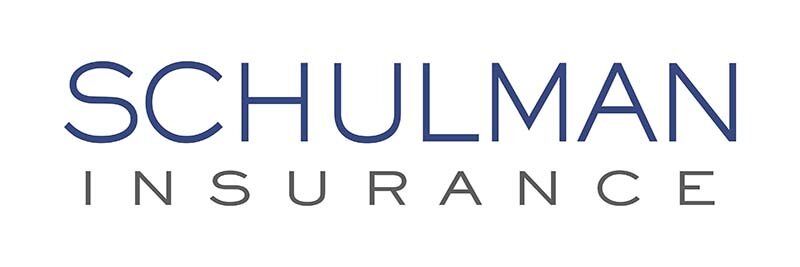DOL Issues Updated MHPAEA Compliance Tool
Issued date: 11/11/20
The Department of Labor’s Employee Benefits Security Administration recently issued an update to its Mental Health Parity and Addiction Equity Act (“MHPAEA”) SelfCompliance Tool. Under the 21st Century Cures Act, the Departments of Labor, Health and the Treasury (collectively, “the Departments”) are required to issue this tool, which health plans may use to determine whether coverage offered to participants complies with MHPAEA rules. The first SelfCompliance Tool was published in 2018.
Background
MHPAEA applies to:
Employers with more than 50 employees offering group health plan coverage, insured or self-funded, that includes any Mental Health or Substance Use Disorder (“MH/SUD”) benefits.
Non-grandfathered insured plans, including coverage in the small group health plan market.
Briefly, MHPAEA:
Requires that if a plan provides MH/SUD benefits in any classification, those benefits are provided in every classification in which medical/surgical benefits are provided.
Prohibits a plan from imposing a financial requirement or Quantitative Treatment Limit (“QTL”) on MH/SUD benefits in any classification that is more restrictive than the predominant financial requirement or QTL of the same type applied to substantially all medical/surgical benefits.
A financial requirement includes copays, deductibles, cost-sharing, coinsurance and out-ofpocket maximums.
A QTL means annual, episode and lifetime days and/or visit limits (e.g., number of treatments, visits or days of coverage).
Prohibits a plan from imposing a Non-Quantitative Treatment Limits (“NQTL”) on MH/SUD benefits in any classification unless, under the terms of the plan as written and in operation, any processes, strategies, evidentiary standards, or other factors used in applying the NQTL to MH/SUD benefits in a classification are comparable to, and are applied no more stringently than, those used in applying the limitation with respect to medical/surgical benefits in the same classification.
Updates to the Self-Compliance Tool
The Self-Compliance Tool is intended to provide the user a basic understanding of the MHPAEA rules and assist in evaluating MHPAEA compliance. Like the earlier version, the updated tool has eight complex questions and step-by-step analysis. The 2020 amendments to the Self-Compliance Tool fall into four categories:
Integration of recent MHPAEA guidance,
Revised compliance examples,
A new section explaining best practices for establishing an integrated compliance plan and provided examples of the types of records that a plan or carrier should be prepared to provide in the event of an investigation, and
A new list showing warning signs that may indicate potential MHPAEA violations.
The Self-Compliance Tool can be found at https://www. dol.gov/sites/dolgov/files/EBSA/laws-and-regulations/laws/ mental-health-parity/self-compliance-tool.pdf.

